The Ultimate Guide to Operating a Jumping Jack Tamper Safely
A jumping jack tamper, also known as a “rammer” or “compactor”, is a construction tool used to compact soil, sand, or gravel in preparation for construction work. It typically consists of a gasoline-powered engine that drives a set of reciprocating metal plates or feet, which strike the ground at high frequency and with high impact force, causing the soil particles to pack together tightly. The name “jumping jack” comes from the way the machine operates. The plates or feet of the tamper jump up and down rapidly in a motion that resembles the jumping jacks exercise.
The proper use of a jumping jack tamper is critical to ensure effective and safe compaction of soil, sand, or gravel in construction projects. Jumping jack tampers are powerful machines that can cause serious injury or damage if not used properly. Neglecting to use the tamper properly or failing to maintain it can lead to premature wear and tear, which can result in costly repairs or replacement.
In this article, we will discuss the proper operation of jumping jack tamper.
Contents
Preparing to Start the Jumping Jack Tamper
Before starting a jumping jack tamper, it’s important to prepare the machine and the work area to ensure safe and efficient operation. Here are the steps to follow to prepare to start a jumping jack tamper:
- Inspect the Machine: Before starting the tamper, inspect the machine to ensure that it is in good working condition. Check for any signs of damage or wear, such as loose bolts, damaged plates or feet, or oil leaks. If any issues are found, they should be addressed before starting the machine. Inspecting the air filter of a jumping jack tamper is an important maintenance task that should be performed regularly to ensure that the machine is operating at peak performance.
- Choose the Right Plate or Foot: The jumping jack tamper comes with a variety of plates or feet that can be used depending on the type of soil or material being compacted. Choose the appropriate plate or foot for the job, and ensure that it is securely attached to the machine.
- Prepare the Work Area: Clear the work area of any debris, rocks, or other objects that could damage the tamper or cause it to bounce uncontrollably. Level the ground as much as possible to ensure even compaction, and mark any obstacles or hazards to avoid during operation.
- Fill the Gas Tank: Ensure that the tamper’s gas tank is filled with the appropriate fuel before starting the machine. Follow the manufacturer’s recommendations for fuel type and mix ratio.
- Check the Oil Level: Check the tamper’s oil level and ensure that it is at the recommended level. Add oil as necessary to avoid damaging the engine.
- Adjust the Handle Height: Adjust the handle height of the tamper to a comfortable and safe operating position. The handle should be at a height that allows the operator to maintain good control of the machine while standing in an upright position.
- Put on Safety Gear: Before starting the tamper, put on appropriate personal protective equipment (PPE), such as eye and ear protection, a hard hat, work gloves, and steel-toed boots.
Once these steps have been completed, the jumping jack tamper is ready to be started. Follow the manufacturer’s instructions for starting the machine, and operate it safely and efficiently to ensure effective compaction of the soil or material.
Starting the Jumping Jack Tamper
Here are the step-by-step instructions on how to start a jumping jack tamper:
- Ensure Proper Fuel: Make sure that the tamper has enough fuel in the fuel tank. The tamper should use the appropriate fuel type as specified by the manufacturer.
- Set the Throttle: The throttle should be set to the lowest position before starting the engine.
- Check the Oil: Check the oil level and make sure that it is at the appropriate level as specified by the manufacturer.
- Open the Fuel Valve: Open the fuel valve, which is usually located on the side of the engine, to allow fuel to flow into the engine.
- Turn on the Choke: Turn on the choke by moving the choke lever to the “on” position. This will help to enrich the fuel mixture and make it easier to start the engine.
- Pull the Starter Rope: Grasp the starter rope firmly and pull it with a quick, smooth motion. If the engine does not start on the first try, repeat the process until it starts.
- Adjust the Choke: Once the engine starts, gradually turn off the choke by moving the choke lever to the “off” position. This will help to return the fuel mixture to normal levels.
- Warm up the Engine: Allow the engine to warm up for a few minutes before using the tamper. This will help to ensure that the engine is running smoothly and efficiently.
- Set the Throttle: Once the engine is warmed up, set the throttle to the appropriate position for the task at hand. The throttle can be adjusted to increase or decrease the speed of the tamper.
Common Problems and Trouble Shooting Tips.
Here are some common problems that can occur when starting a jumping jack tamper and some troubleshooting tips to help resolve them:
- If the engine fails to start, check to make sure that the fuel valve is open and that there is enough fuel in the fuel tank. Also, make sure that the choke is on and that the throttle is set to the lowest position. If the engine still fails to start, check the spark plug and make sure that it is clean and in good condition.
- If the engine starts but stalls shortly after, it could be due to a dirty or clogged air filter, a faulty spark plug, or a fuel problem.
- If the engine runs roughly or erratically, it could be due to a dirty or clogged air filter, a faulty spark plug, or an issue with the fuel mixture
- If the engine overheats, it could be due to a lack of oil or a clogged air filter. Check the oil level and make sure that it is at the appropriate level. Clean or replace the air filter to ensure proper airflow to the engine.
- If the engine vibrates excessively, it could be due to a loose or damaged engine mount, worn or damaged bearings, or an unbalanced crankshaft. Check the engine mount and tighten or replace it as needed. Inspect the bearings and replace them if necessary.
Operating the Jumping Jack Tamper
Basic guidelines for operating the tamper safely
Check the Area for Hazards: Before operating the tamper, inspect the work area for hazards such as overhead power lines, buried utilities, or other obstacles.
Keep Others Away: Keep bystanders and other workers at a safe distance while operating the tamper.
Use the Tamper on Level Ground: Only use the tamper on level ground to prevent tipping or instability.
Operate the Tamper on Stable Footing: Make sure that you have stable footing when operating the tamper to prevent slips, trips, or falls.
Use Proper Technique: Use the proper technique when operating the tamper. Keep the tamper level and use short, quick strokes to avoid creating an uneven surface.
Do Not Overexert Yourself: Do not overexert yourself when operating the tamper. Take frequent breaks and switch operators if necessary.
Stop the Tamper Immediately if Problems Occur
If the tamper experiences any problems such as excessive vibration, loss of power, or other issues, stop the tamper immediately and investigate the cause.
Tips for achieving optimal results
- Choose the Right Tamper for the Job: Different jumping jack tampers are designed for different types of soil and job sizes. Choose the right tamper for the job at hand to ensure optimal results.
- Prepare the Surface: Before using the tamper, prepare the surface by removing any debris, rocks, or other obstacles. Also, make sure that the surface is level to ensure even compaction.
- Use Proper Technique: Use the proper technique when operating the tamper. Keep the tamper level and use short, quick strokes to avoid creating an uneven surface.
- Use the Right Amount of Force: Use the right amount of force when operating the tamper. Too little force will not achieve the desired compaction, while too much force can damage the tamper or create an uneven surface.
Maintenance tips
- Check and Change the Oil
- Inspect and Replace the Air Filter
- Inspect and Replace the Spark Plug
- Clean the Tamper after each use.
- Check and Tighten Nuts and Bolts
- Store the Tamper Properly
Conclusion
The right use of a jumping jack tamper is crucial in construction projects to provide effective and safe compaction of soil, sand, or gravel.
Jumping jack tampers are strong equipment that, if not operated properly, can inflict significant harm or damage. Inspect the machine before commencing the tamper to verify that it is in proper operating order. Look for evidence of wear or damage, such as loose bolts, broken plates or feet, or oil leaks.
If any problems are discovered, they must be resolved before the machine may be started. Inspecting a jumping jack tamper’s air filter is a vital maintenance activity that should be done on a regular basis to ensure that the machine is running at top functionality.
Remove any dirt, rocks, or other obstructions from the surface before using the tamper. Make sure the surface is flat as well to achieve consistent compaction. This article also discusses a few of other safety precautions.
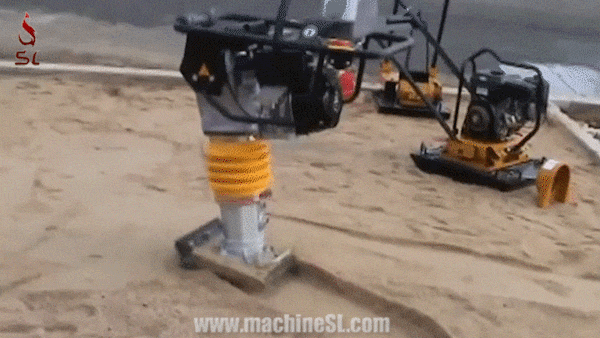
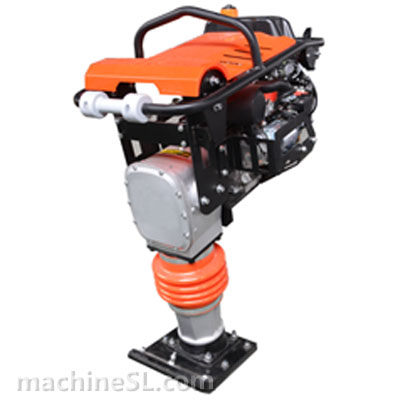
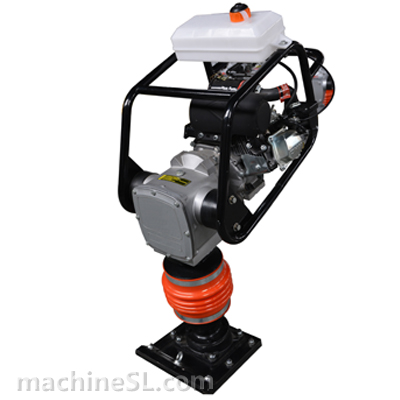
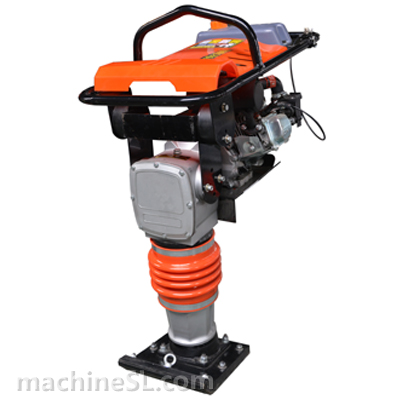
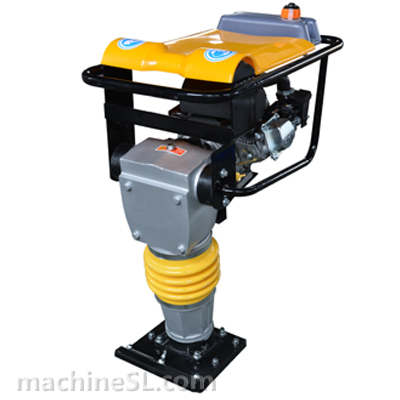
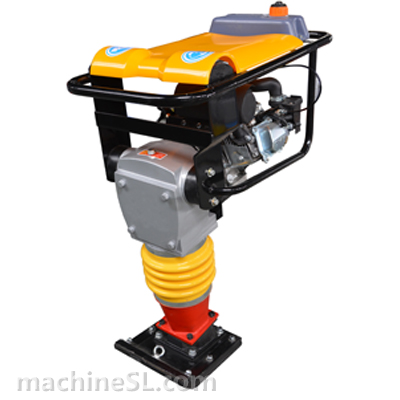
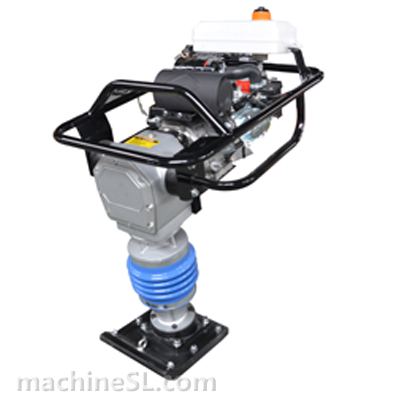
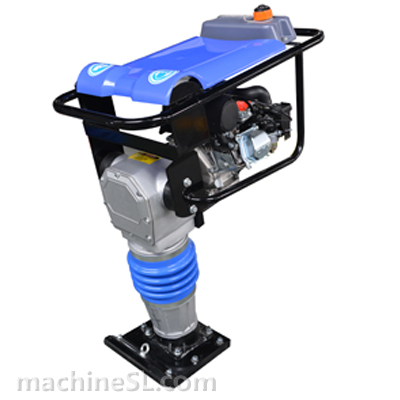
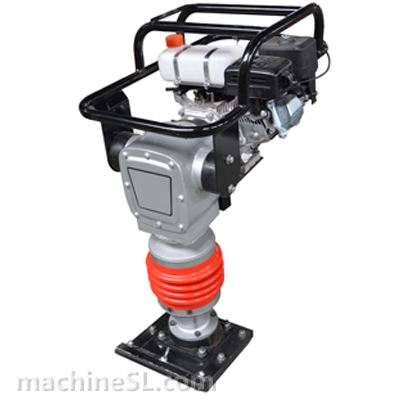
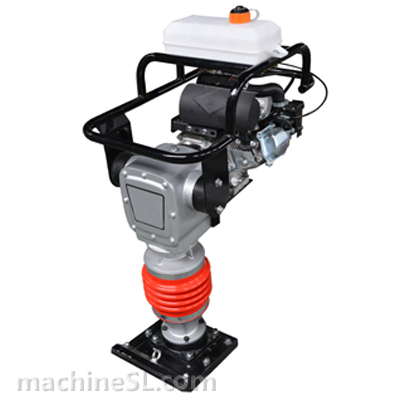
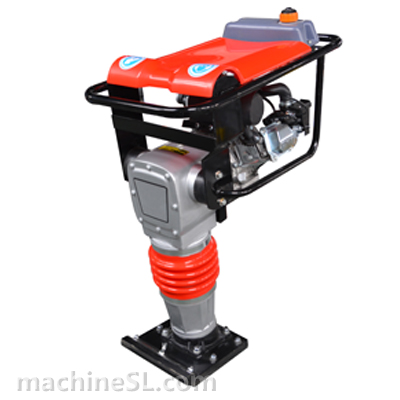
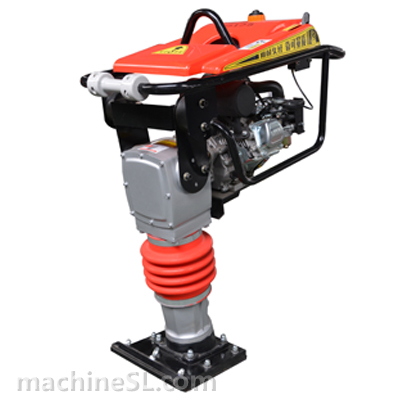
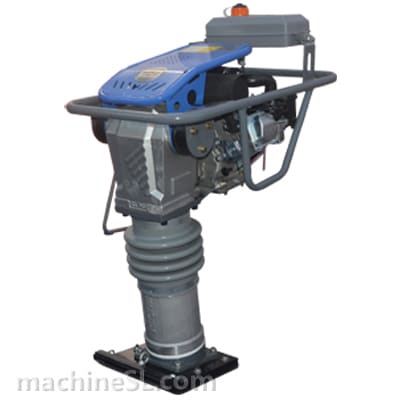
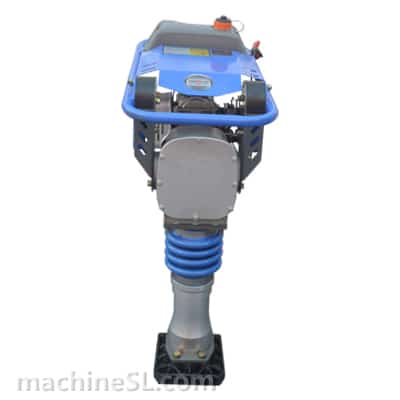
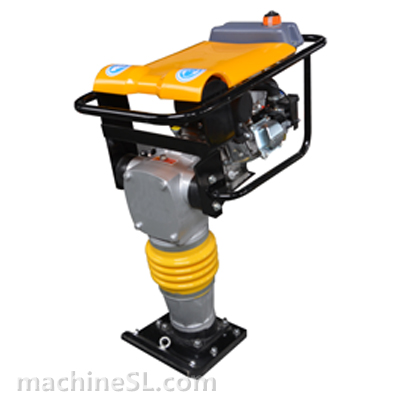
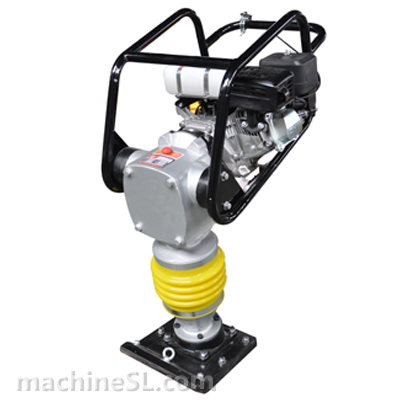
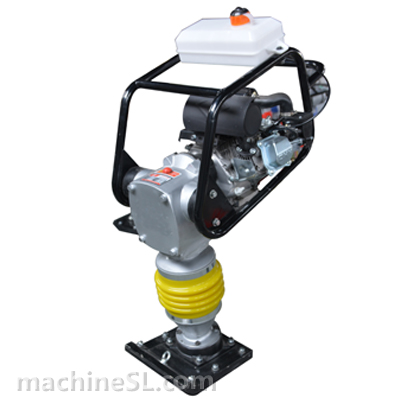
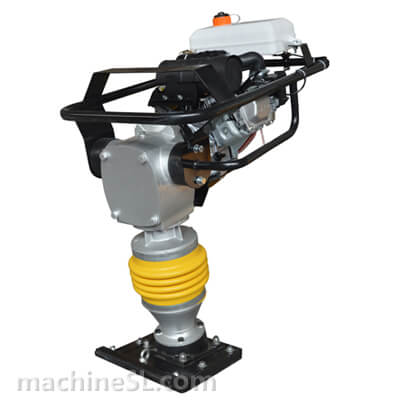
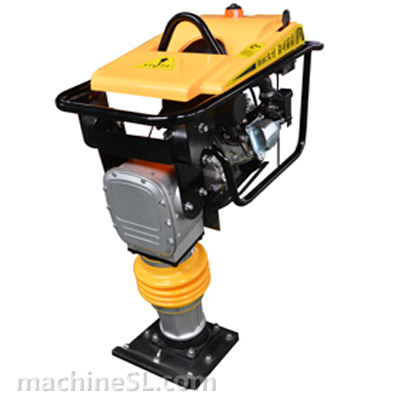
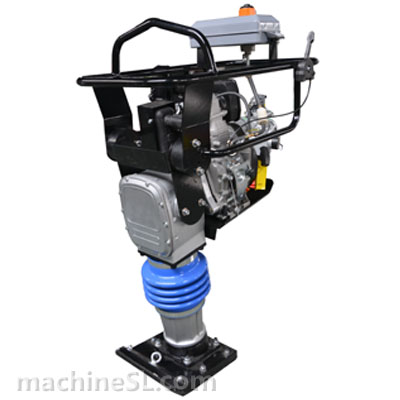
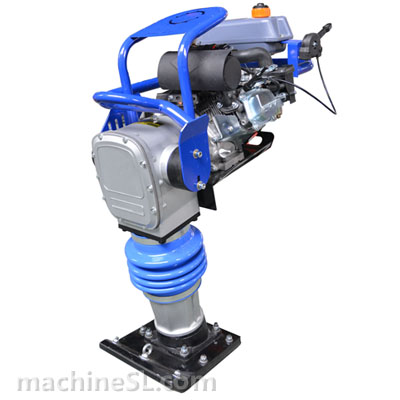
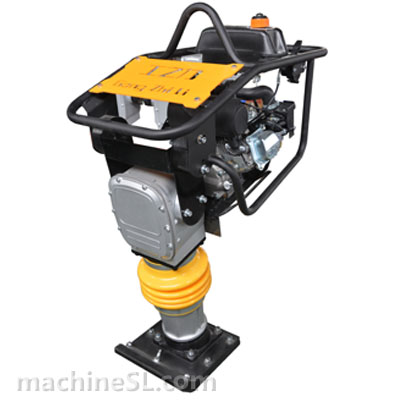
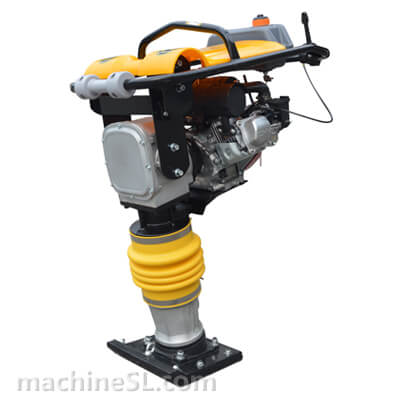
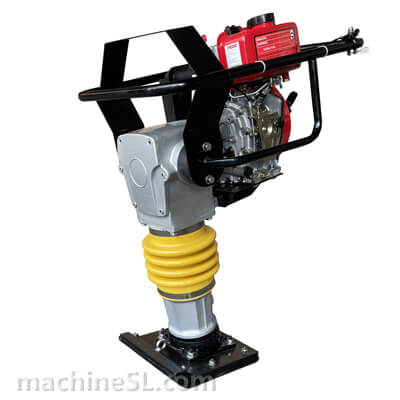




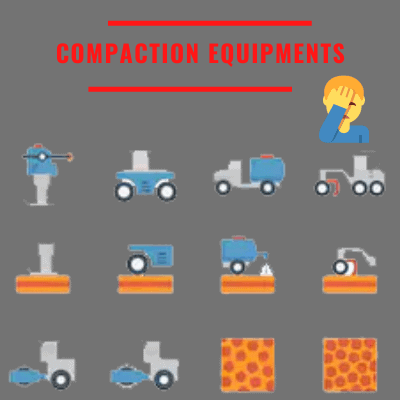
Leave A Comment